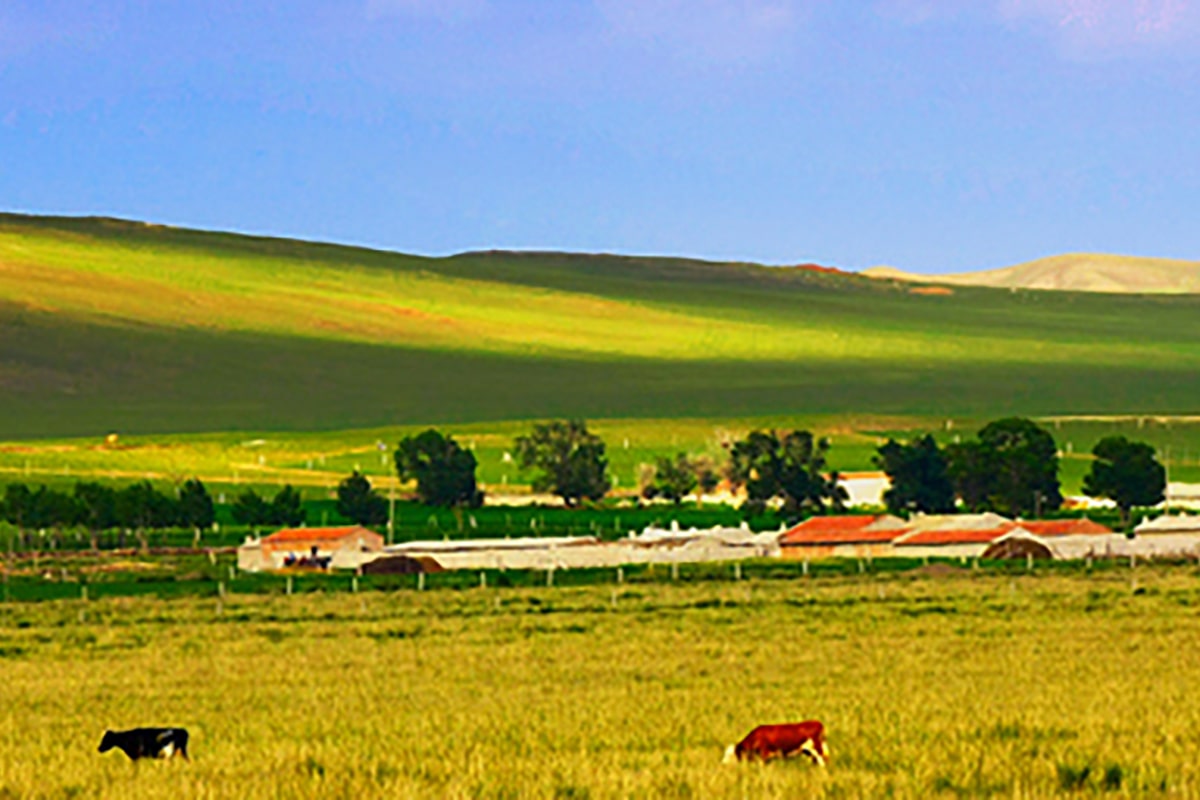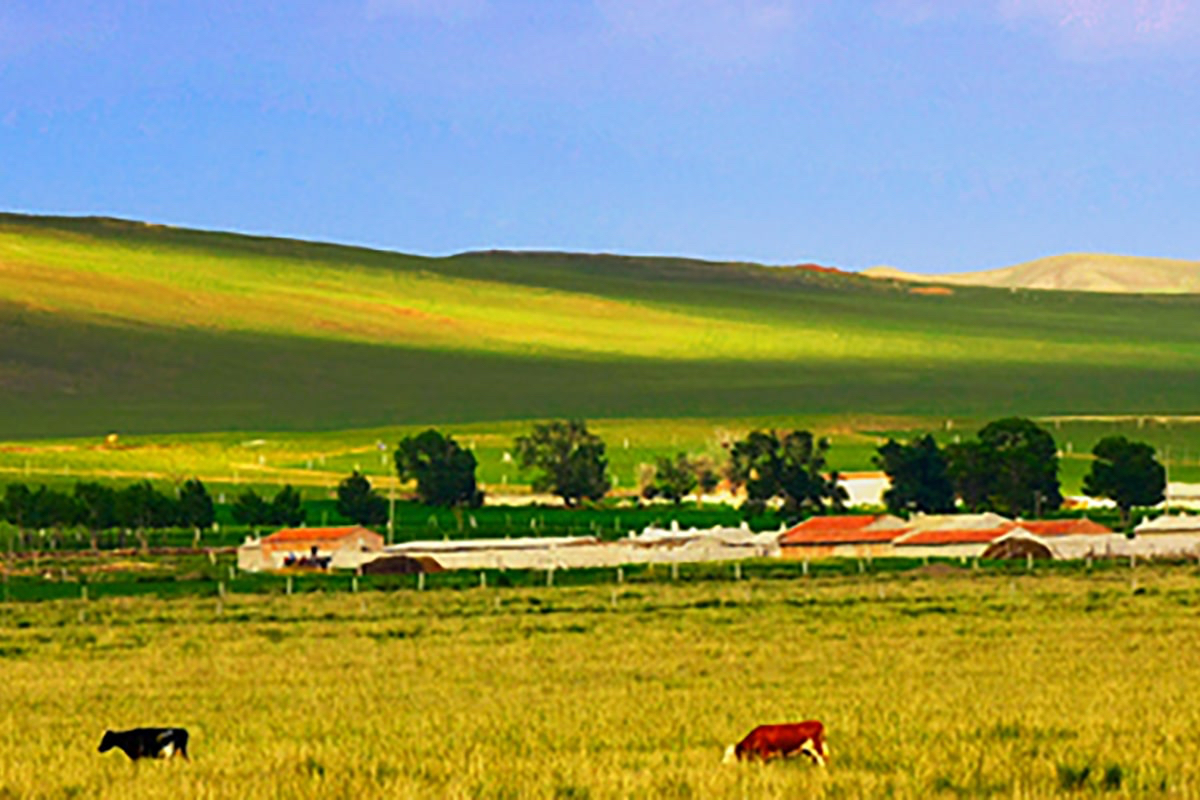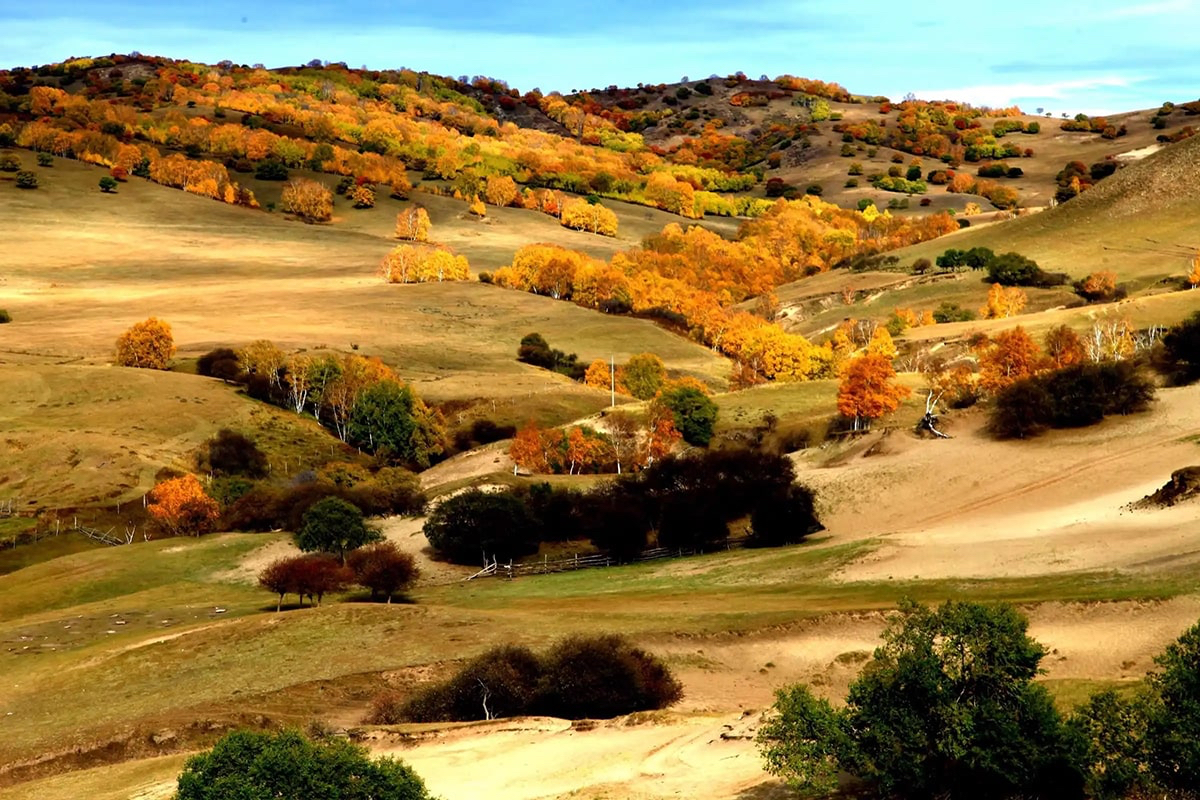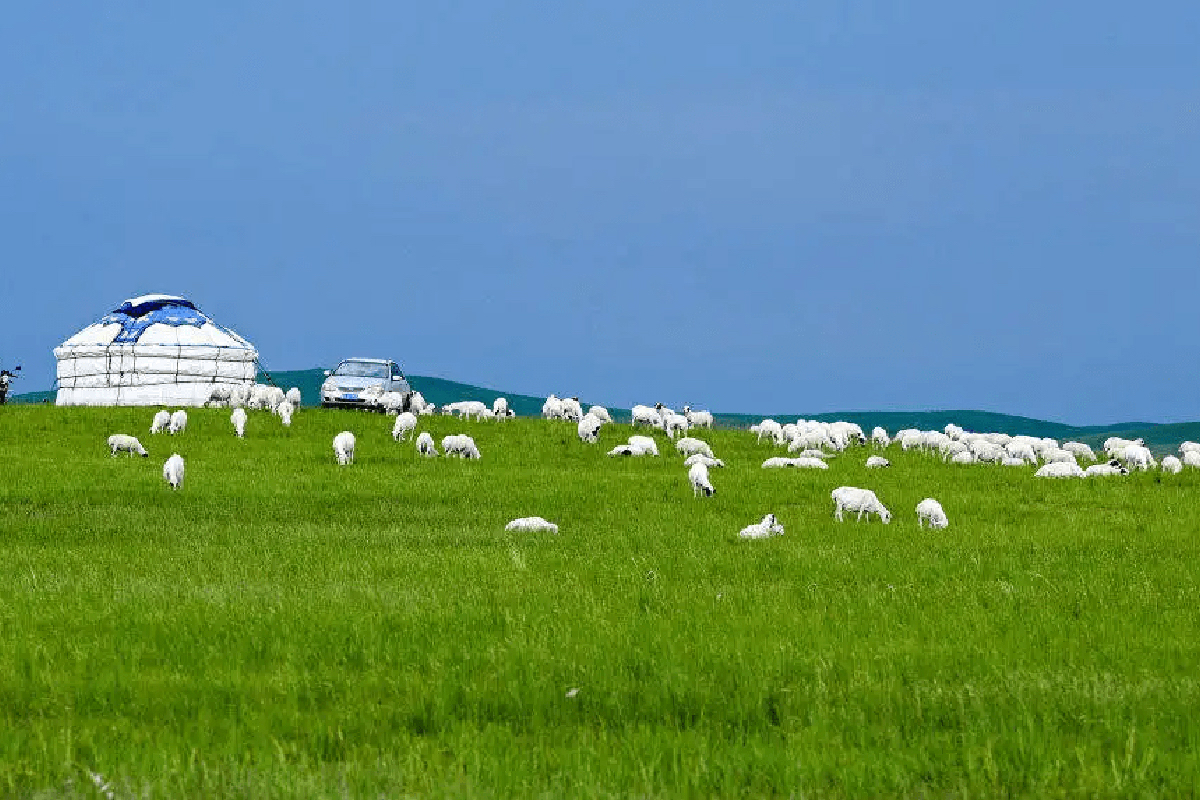Xilinguole meng Travel Guide

Xinlin Gol is a prefecture-level administrative body (also referred to as League) in central Inner Mongolia. It borders Ulanqab (wu lan cha bu) to its west, city of Chifeng to its east. To its south is Henan Province. Xinli Gol is a border region which shares more than 1000km borderline with Republic of Mongolia. Xinli Gol is only 200km away north of Beijing, but is about 600km away from regional capital Hohhot. This region has its name originated from a local river named. In Mongolian language Xinli means a league champions.
Xilin Gol League is a place with long history. It is seeing as the place where many of China’s northern nationalities rooted, noticeably the Mongols. In 1260, Kublai Khan established the very first capital of Yuan Dynasty in Kaiping prefecture which is about 20 kilometers northeast of the government of Plain Blue Banner, Xinlin Gol League and came to the throne at the same place. In 1267, Kublai Khan established the Grand Capital in Yanjing (present Beijing), and the former capital Kaipingfu was therefore renamed Upper Capital which means both earlier capital and northern capital in Chinese, and had once been the summer resort of Kublai Khan. As the auxiliary capital, the area still was the center of the Yuan Empire for a quite long time. From 1206 A.D. when Genghis Khan unified Mongolia to 1260 A.D. when Kublai Khan succeeded to the throne and then changed the name of the reign into Yuan in 1271, the grassland of Xilin Gol became worldwide famous. Nowadays, the capital site has served as a valuable epitome of the nomadic civilization of the 13th and 14th century.
● Where to go & what to do
Site of Shangdu
Located about 20 km northeast of Dunlun County where the government of Zhenglan Banner sits, is the Shangdu of the Yuan Dynasty which was designed by Liu Bingzhong , Kublai Khan's adviser of Han nationality. After four years' construction, it was completed in 1256. The design of the capital embodied the layout of a traditional Han city and at the same time took into consideration the habit of Mongolians' nomadic life style. In 1260, Kublai Khan succeeded to the throne here calling it Kaipingfu. In 1271, he named his reigning dynasty as Yuan and established the capital of Yuan Dynasty (1271-1368) in present Beijing. The Kaipingfu was therefore renamed as Shangdu, and had since become the summer resort of Kublai Khan. The site of Shangdu is now under state protection.
Erenhot (also known by locals as Eriyen, Ereen or Erlian) is located right in the north of Inner Mongolia Autonomous Region and is merely about 9 km away from the city of Zamyn-Uud in Mongolia. With its strategic location, Erenhot serves as the major port of roads and railways to Mongolia. It has an area of 4,015 square km and a population of 100,000. The city is probably most known to people as the site of dinosaur fossils and is the earliest city in China which was listed into the international biological history records. 8 km away from the city center lies a place full of dinosaur fossils which once attracted archeologists from many counties to research and exploit the resources. Located on the Xilin Gol Grassland, there are lots of extraordinary sceneries in Erenhot such as the National Gate, Mere Stone, Relics of Fossils, etc.
Beizi Temple, one of the largest lamaseries of Inner Mongolia, is situated in the north of Xilinhot, the prefecture of Xilin Gol league. It's called "Banzhida Gegen Temple" in Mongolian and "Chongshan Temple" in Chinese respectively. Beizi Temple was built up in the 8th year of the region of Emperor Qianlong of the Qing Dynasty. It has been renovated by seven generations of living Buddha's.
● What to eat
As of most regions in Inner Mongolia, meat plays an important role on dinner table of local people, especially mutton and beef. Diaries such as cheese and yogurt are also common sights.
● Access
Xinli Gol is conveniently connected by road, railway and air. Xilinhot Airport (XIL) is the major air hub in this region. It sits 10km west of Xilinhot City, an administrative centre of Xinli Gol. Several airliners are currently operating at XIL connecting this region with 19 domestic destinations. There are ten railway stations in Xilin Gol region connecting most of cities, banners inside this region. There is also an border train service linking this region with Republic of Mongolia.
● Climate
Featuring a typical temperate semi-arid continental climate, Xilin Gol suffers from strong wind, aridity and chilliness. Spring and autumn are short, wet and warm while winter is long and dry-cold. From May to August, the League enjoys about 45% of the solar radiation all the year round. It gets little summer heat and has an annual average temperature around 0 ℃-3 ℃ (32 ℉ - 37.4 ℉), with a mean minimum of -22.3 ℃ and a mean maximum of 18.8 ℃.
- HOTEST
- RECOMMEND



